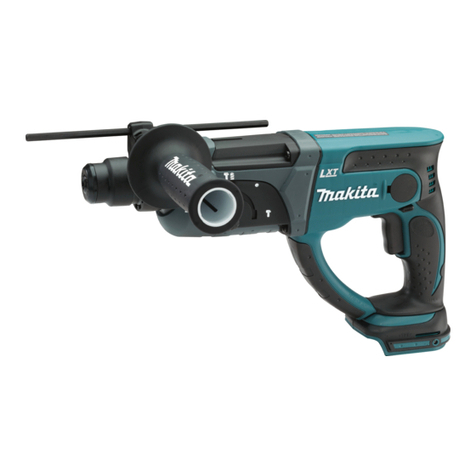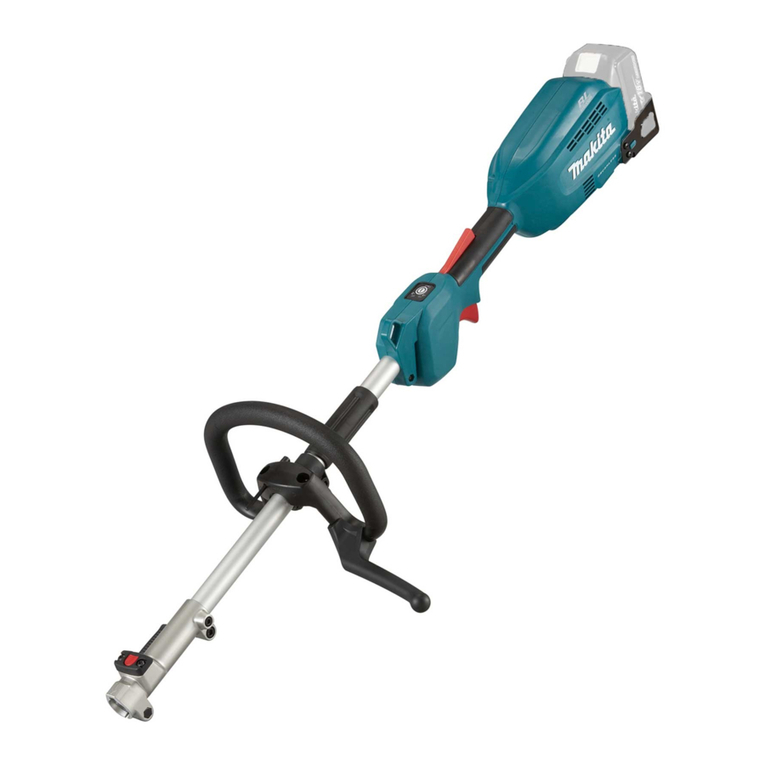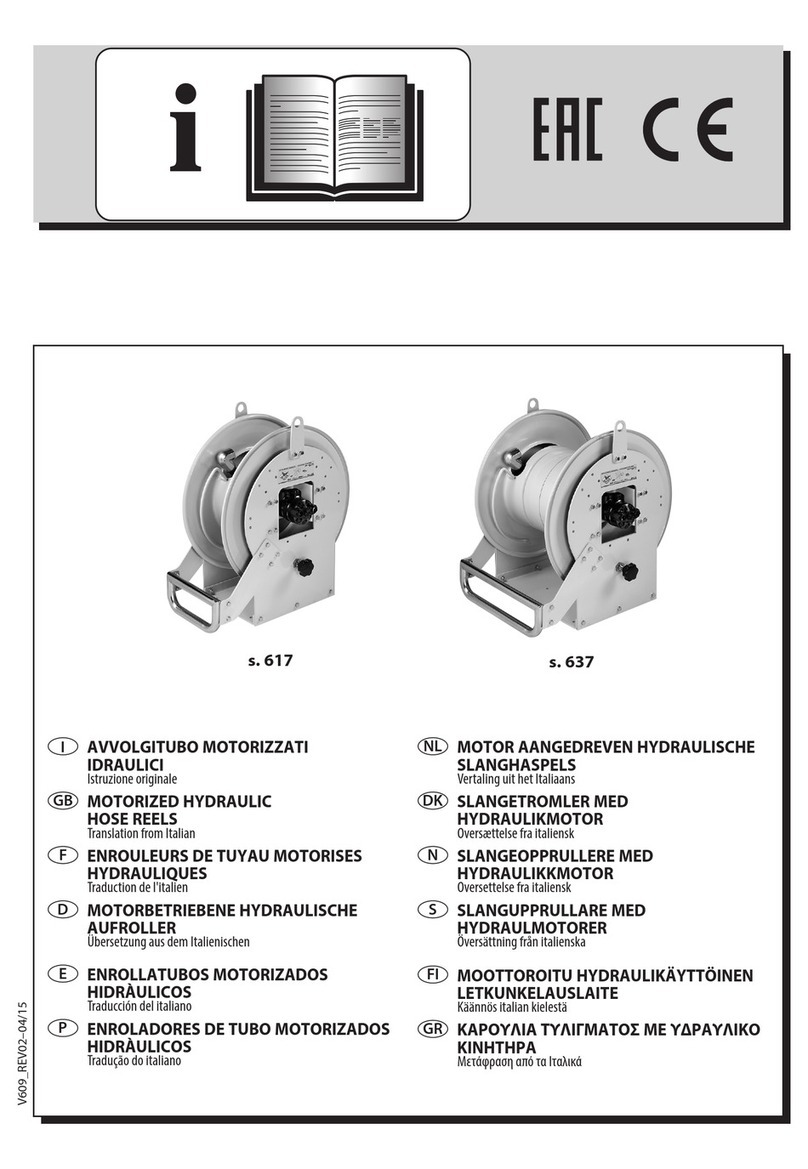Makita HR008G User manual
Other Makita Tools manuals
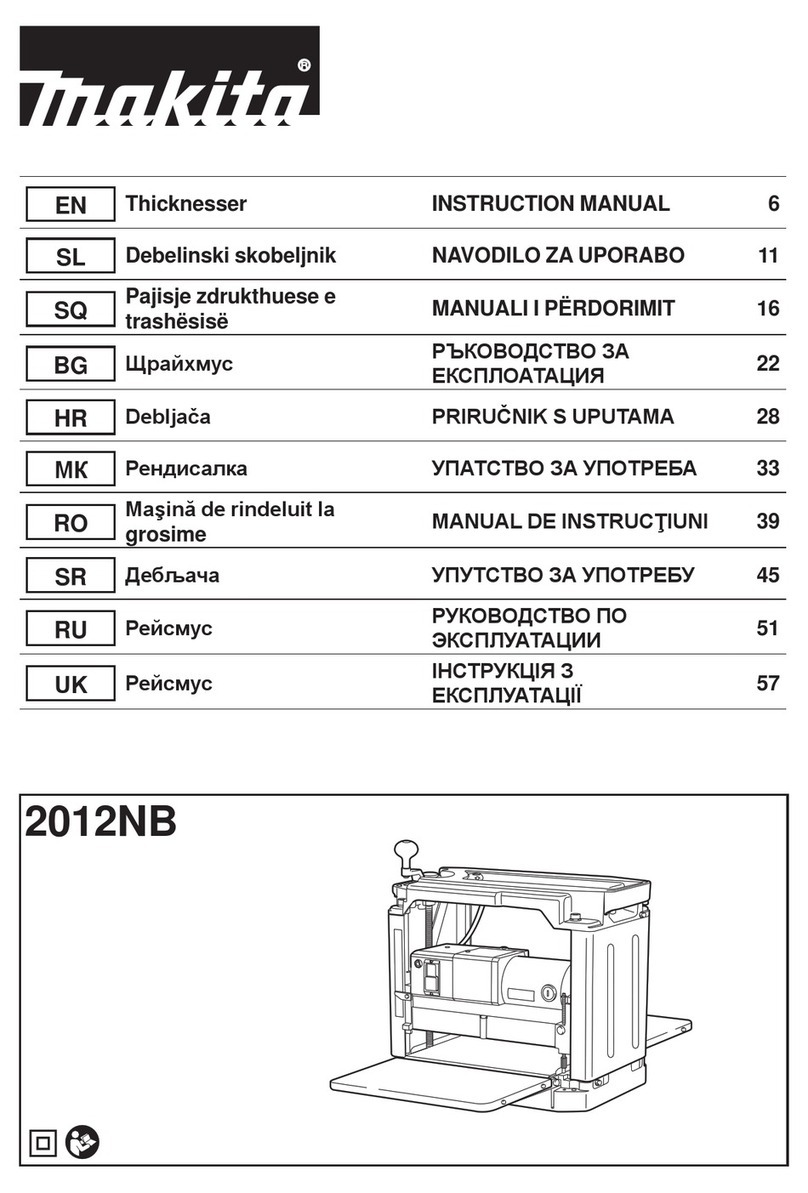
Makita
Makita 2012NB User manual
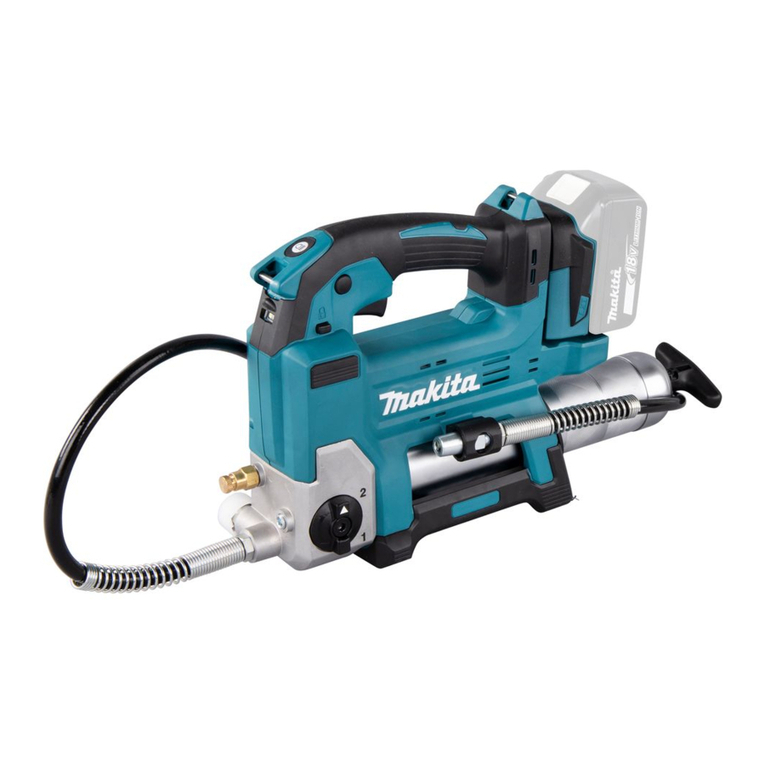
Makita
Makita DGP180 User manual

Makita
Makita DG002G User manual
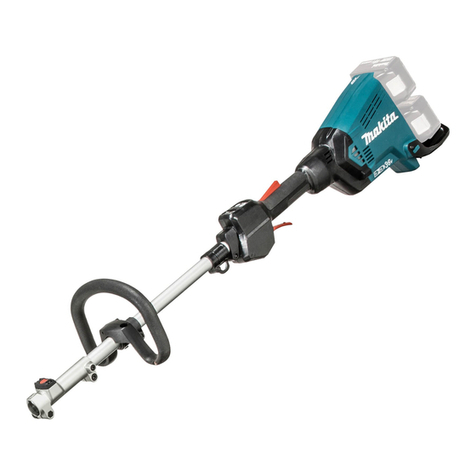
Makita
Makita DUX60 User manual
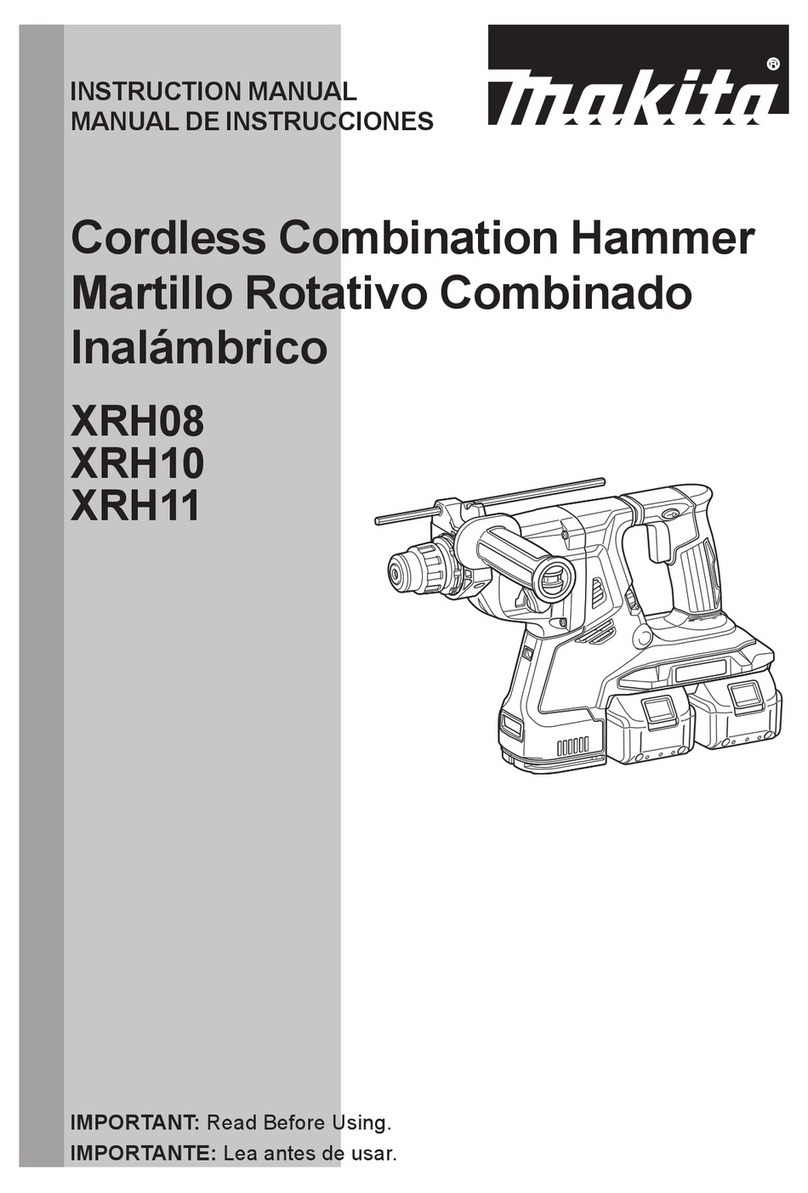
Makita
Makita XRH08 User manual

Makita
Makita HR2630T User manual

Makita
Makita DGP180 User manual
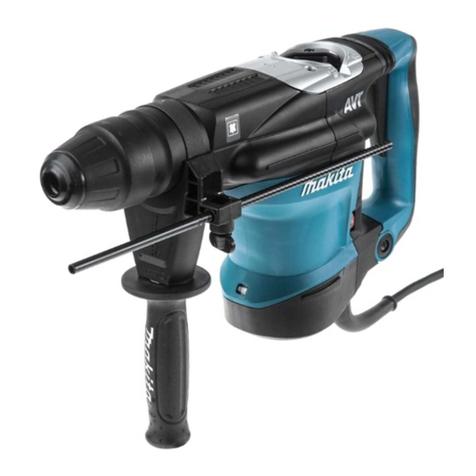
Makita
Makita HR3541FC User manual
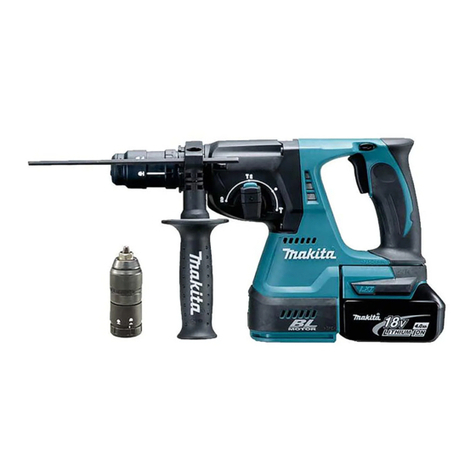
Makita
Makita DHR242 User manual
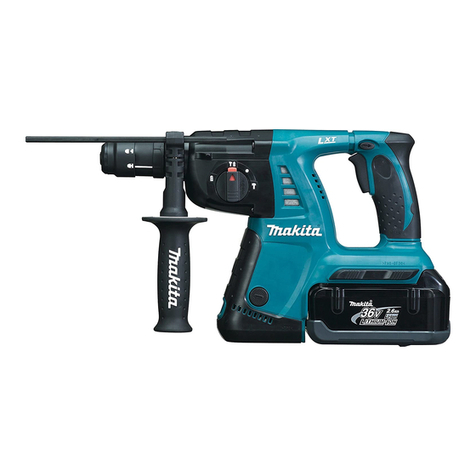
Makita
Makita BHR261T User manual
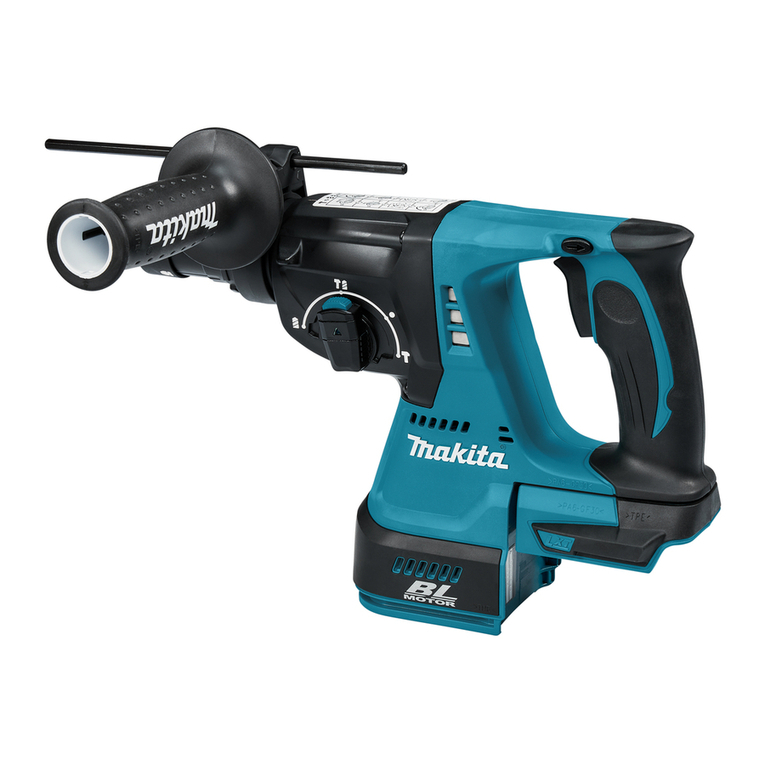
Makita
Makita BHR242 User manual
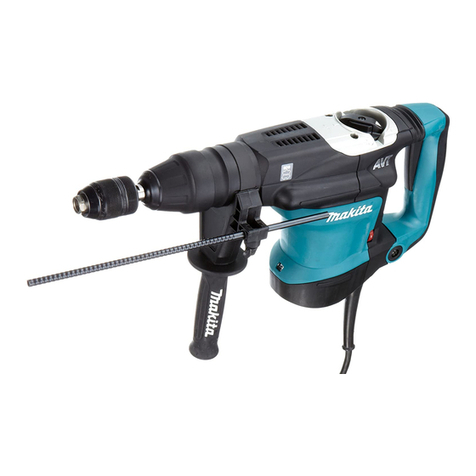
Makita
Makita HR3541 User manual
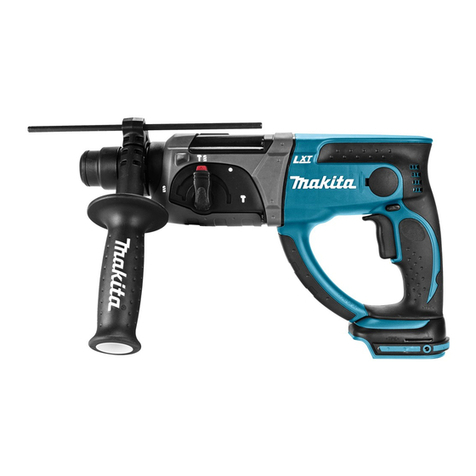
Makita
Makita DHR202 User manual
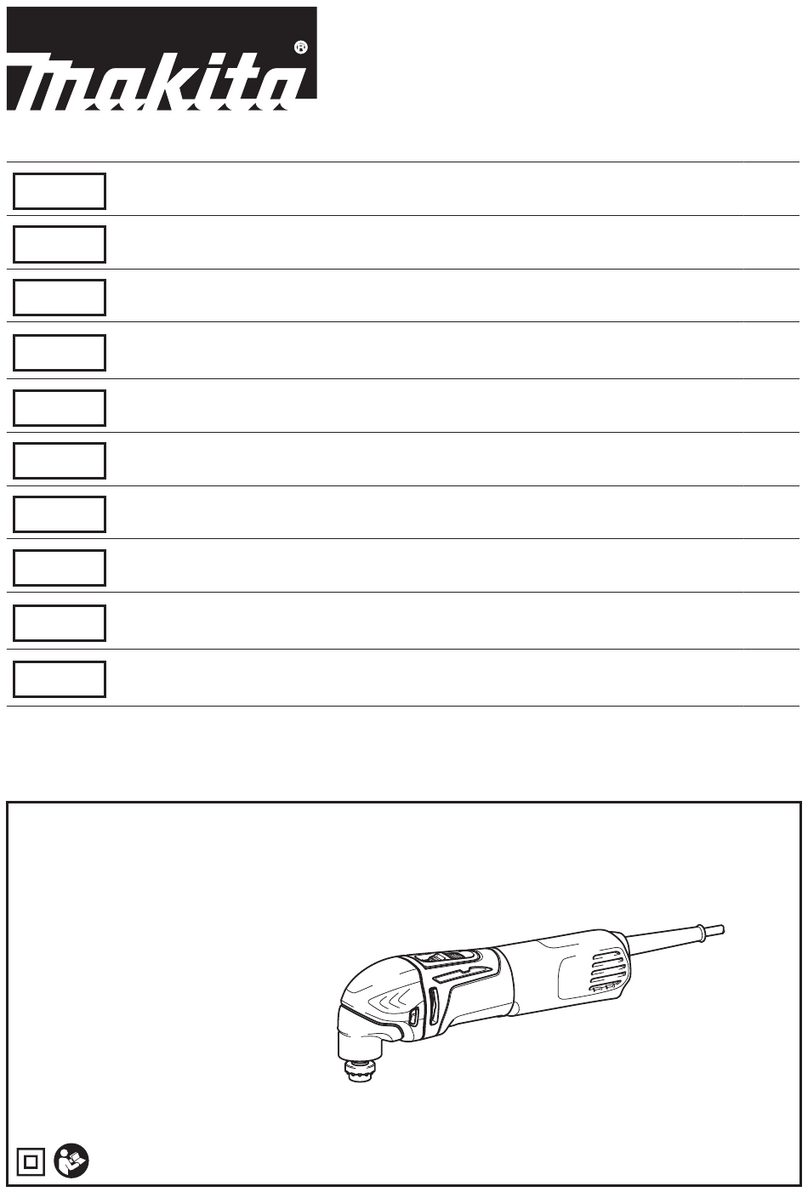
Makita
Makita TM3000C User manual
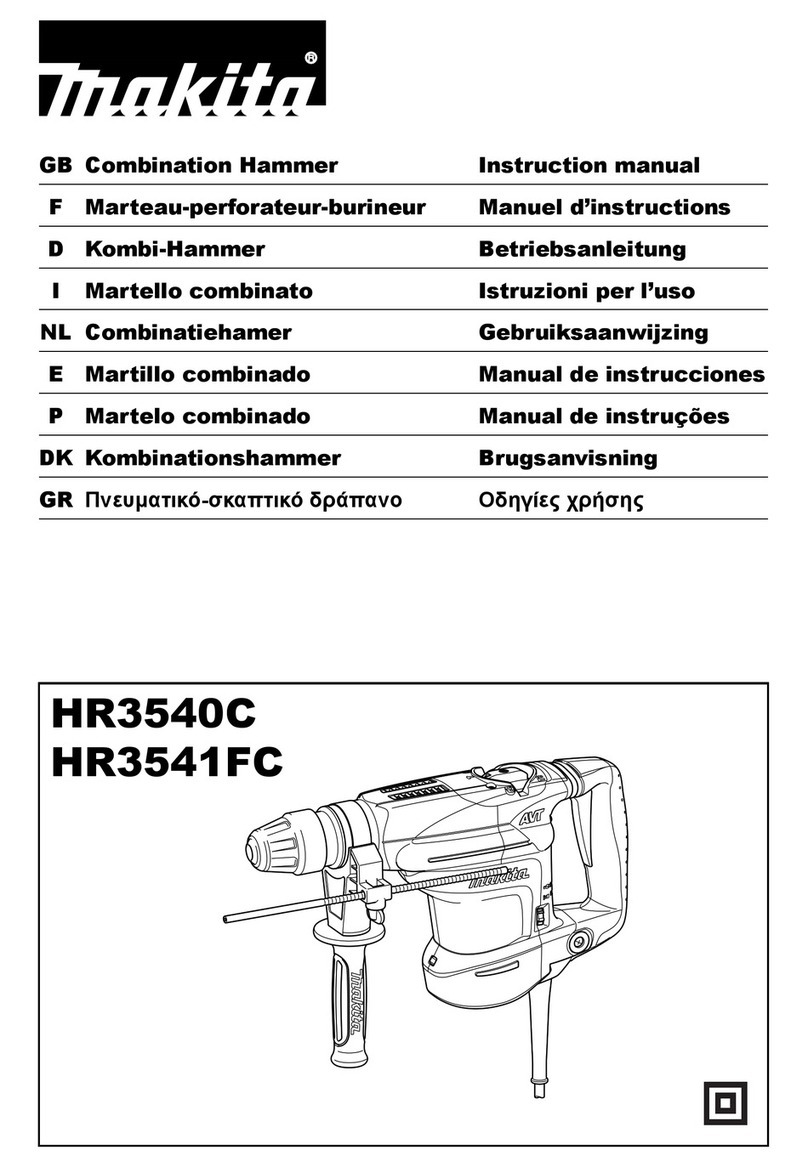
Makita
Makita HR3540C User manual

Makita
Makita DHR242 User manual

Makita
Makita BHR242 User manual

Makita
Makita M2401 User manual
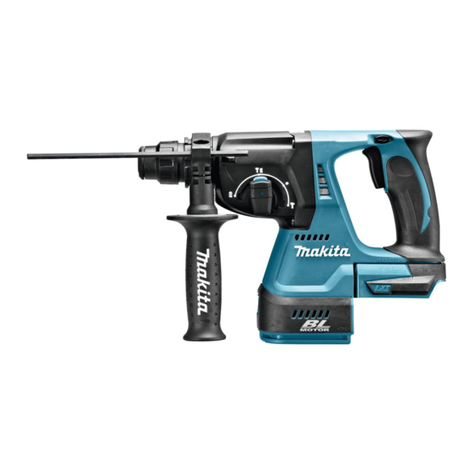
Makita
Makita DHR243ZJV User manual
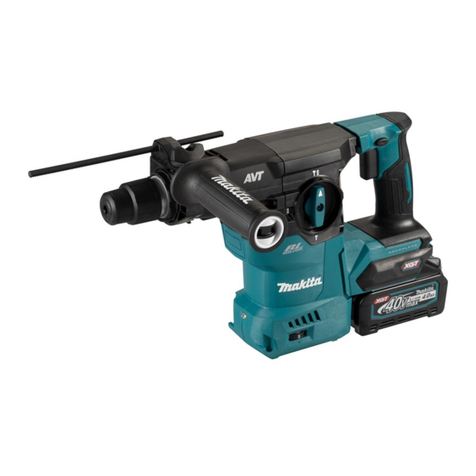
Makita
Makita HR008G User manual
